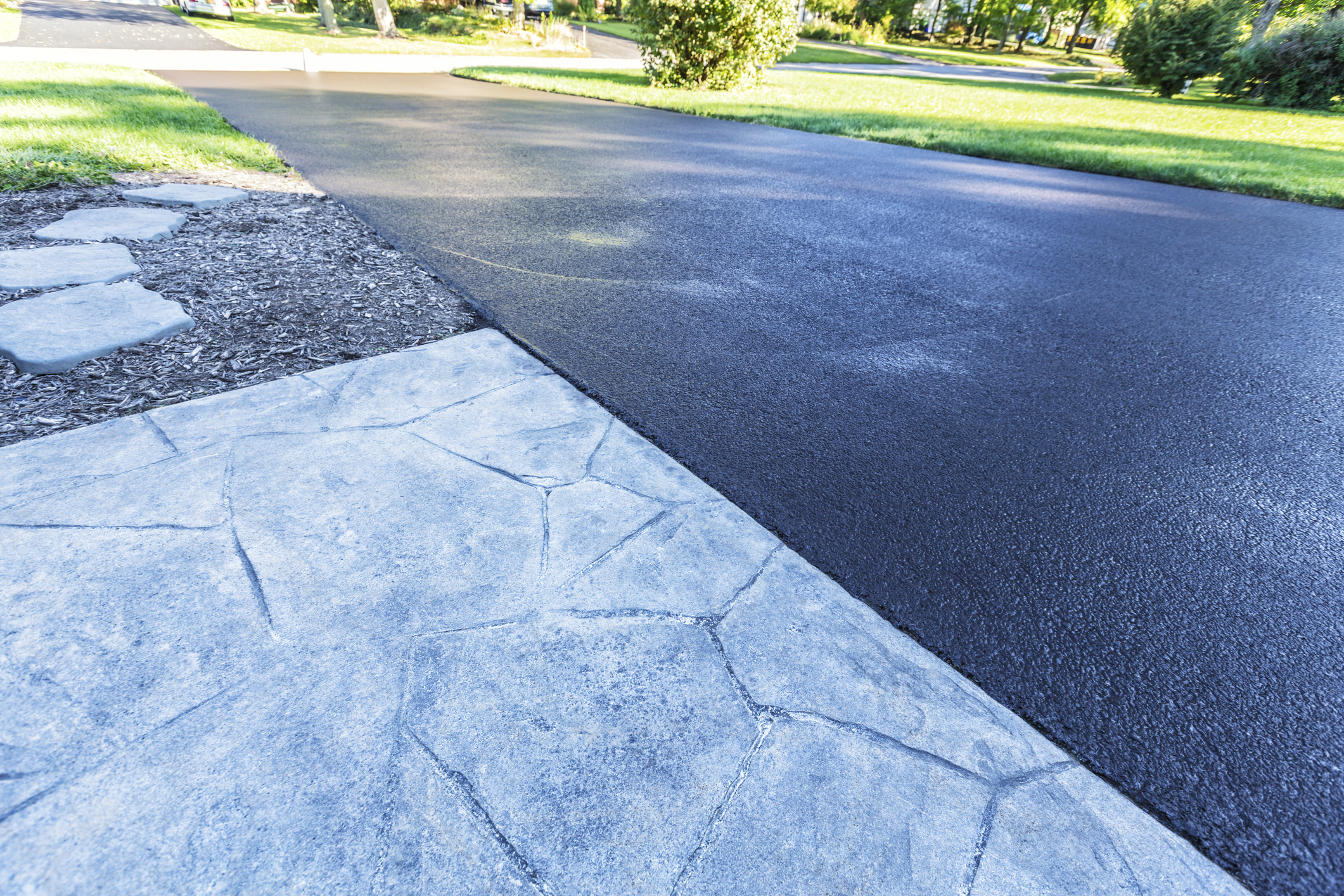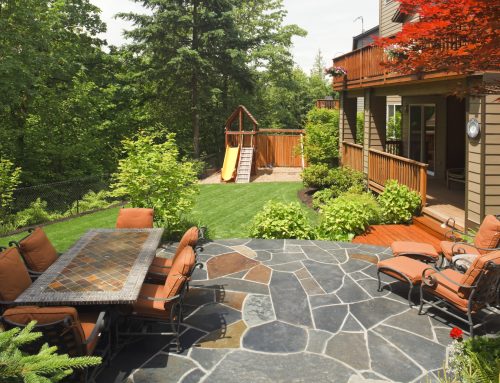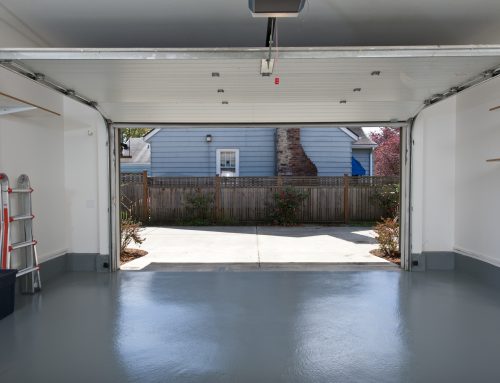Interlocking is a great way to increase the curb appeal and value of your home, but it can be an expensive investment — especially if left unprotected. While standard asphalt and concrete driveways are certainly susceptible to the elements, interlocking can be much more delicate, especially during the winter. Without proper interlock protection, the bricks and cracks can easily be damaged by moisture, pressure, debris, and weed growth.
Chances are you chose interlocking because it’s more attractive and versatile than asphalt or concrete, making it even more important to protect it over the winter so that it remains that way. Salt, snow, ice, and other debris can build up around and between your interlocking blocks, causing it to shift, stain, crack, or warp by the time spring rolls around. However, with the right interlock protection, you can ensure it looks great year after year. Here’s how:
Pressure wash & sand
Pressure washing is a great from of interlocking protection that allows you to clean out debris and weed growth from between your interlocking before and after winter hits. Doing this during the fall will allow your stones to sit better so they are less vulnerable to the effects of winter. However, you should also pressure wash in the spring to clean out any debris, followed by filling the cracks with sand to prevent weed growth in the warmer months.
Use plastic shovels
During the winter, you should try to use plastic shovels to clean your walkways as opposed to metal or metal-edged shovels. This can prevent you from chipping or shifting the stones, making your interlocking more durable in the long run. If you can’t remove built up snow or ice with a plastic shovel, it may be best to leave it alone until it melts away.
Use ice melting agents sparingly
Sometimes snow and ice buildup can get so thick that even a shovel or ice pick can’t remove it. Instead of hacking away at your delicate interlocking, you may opt for an ice melting agent. However, salt and chemical ice melting agents can cause a handful of negative effects to your interlocking if it is not properly protected. These agents can be harsh and coarse, causing stains, chips, or shifts if used improperly, so less is more.
Make sure stones are flat
Laying interlocking requires the right knowledge and tools to ensure it lasts for as long as possible. When interlocking is laid, it sits upon a flat foundation that prevents it from shifting or developing gaps. However, freezing and thawing combined with pressure and weight of vehicles can cause damage to your interlocking if the stones are not laid flat. It’s important to make sure interlock walkways and driveways lay flat before the winter hits so that they don’t shift, crack, or develop gaps.
Sealant
Sealant is one of the most effective and affordable interlock protection methods. Whether you decide to do it yourself or hire a professional, sealant provides an extra layer of protection that prevents damage and looks great. However, a professional application usually involves resetting and re sanding your interlocking before it is sealed, allowing it to sit better and last longer.





